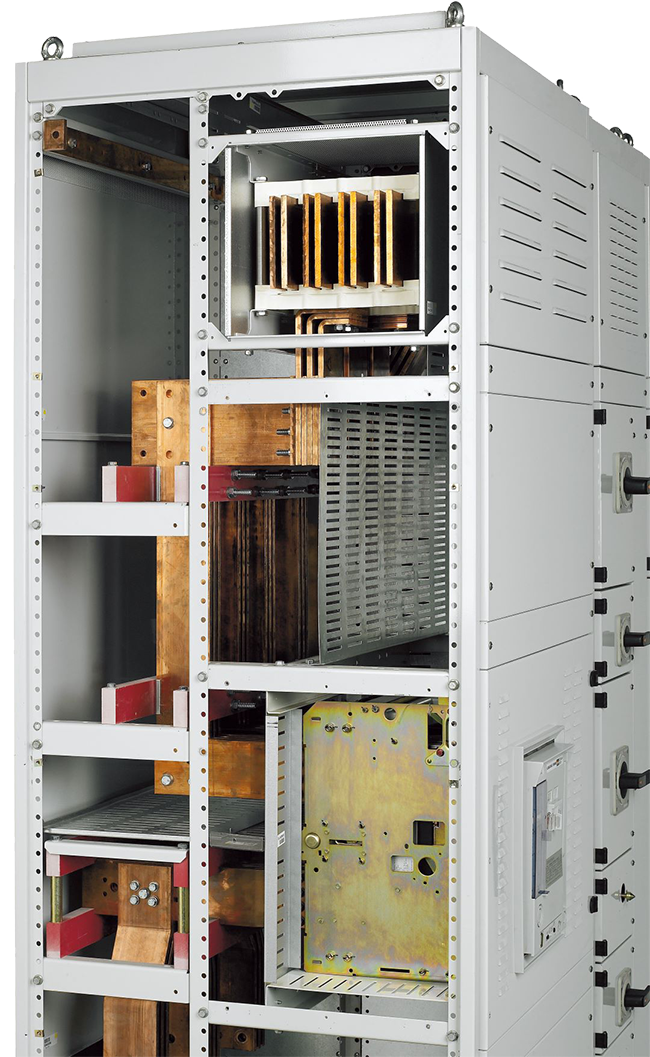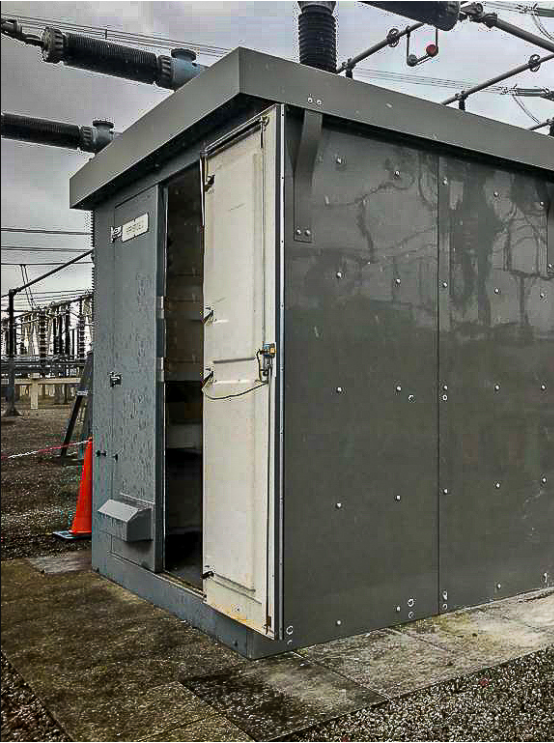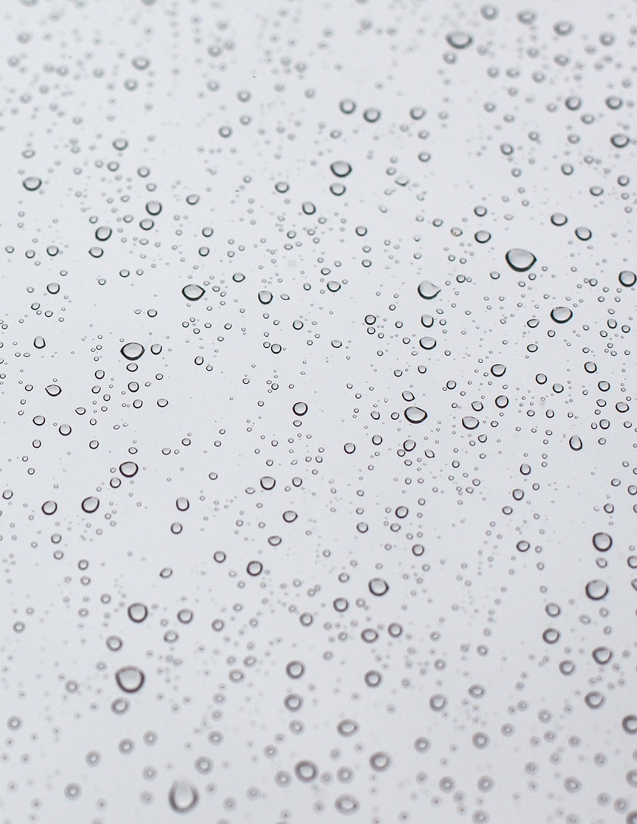This website uses cookies so that we can provide you with the best user experience possible. Cookie information is stored in your browser and performs functions such as recognising you when you return to our website and helping our team to understand which sections of the website you find most interesting and useful.
Category: Environmental
-

Differentiating Indoor and Outdoor LVAC Boards
Despite their similar electrical function, indoor and outdoor LVAC boards have distinct design characteristics, environmental requirements, and regulatory considerations. This page offers some further insight.
-

Protecting Your Switchgear: Moisture Control Tips for Outdoor Installations
When it comes to keeping your electrical equipment safe and sound, a little planning goes a long way—especially when placing indoor switchgear inside an outdoor enclosure. Moisture can be one of the biggest challenges to overcome, but with a few proactive steps, you can ensure your installation stays protected for years to come. Let’s dive…
-

How to Protect Your Switchgear from Temperature Swings
Why Do Temperature Swings Matter? Temperature swings – those sudden changes from hot to cold or vice versa can do more damage to your switchgear than you might think. Whether it’s scorching summer heat or freezing winter nights, these fluctuations put a lot of stress on your equipment. The good news? You can take steps…
-

How to Keep Humidity Out of Your Outdoor Switchgear Enclosure
Humidity might not seem like a big deal at first, but when it sneaks into your outdoor switchgear enclosure, it can cause a lot of headaches. From rusted components to full-blown electrical failures, moisture is a quiet troublemaker. The good news? It’s preventable. Here’s a simple guide to help contractors and owners understand how humidity…
-

Protecting Your Switchgear: Why Temperature and Humidity Matter?
If you’re involved in designing or installing switchgear, you’ve probably heard about BS 61349 and its environmental requirements. But let’s face it—standards can sometimes feel like a pile of dry, technical jargon. In reality, they exist for a good reason: to keep your switchgear running smoothly for years to come. Below is especially important if…
